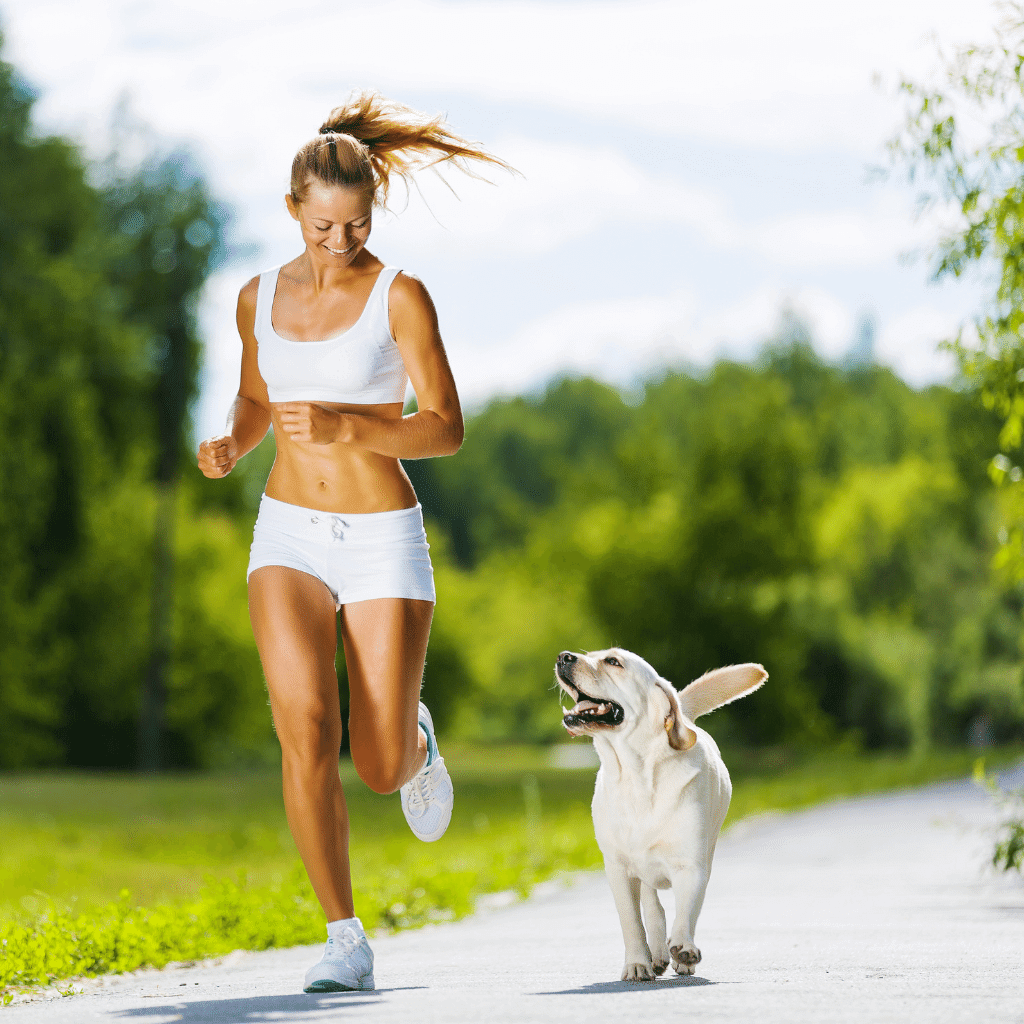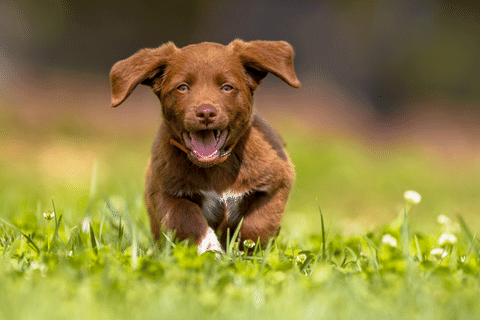
Running with your four-legged friend can be a fantastic way to stay active, bond, and enjoy the outdoors together. It's a mutually beneficial activity that allows both you and your dog to get exercise, explore new surroundings, and strengthen your bond. However, just like any physical activity, it's important to ensure that you and your dog have a safe and enjoyable running experience.
In this article, we will share valuable tips and guidelines to help you make the most of your runs with your canine companion. Whether you're a seasoned runner looking to involve your dog or a dog owner eager to start a running routine, these tips will provide you with the knowledge and insights you need.
1. Consult with Your Veterinarian
Before starting a running routine with your dog, it's crucial to consult with your veterinarian. They can assess your dog's overall health, breed characteristics, age, and fitness level to determine if running is suitable for them.
2. Choose the Right Dog
Not all dogs are built for running long distances. Some breeds, such as Border Collies or Labradors, are naturally inclined to enjoy running. Consider your dog's breed, age, and physical abilities to ensure they are capable of keeping up with your running pace and endurance.
3. Start Slowly and Gradually Increase Distance
Just like humans, dogs need time to build their running stamina. Start with shorter distances and a slower pace, allowing your dog to adapt to the new exercise routine. Gradually increase the distance and pace over time, giving your dog's muscles, joints, and cardiovascular system enough time to adjust.
4. Use a Proper Leash and Harness
When running with your dog, it's essential to use a sturdy leash and a comfortable harness. A hands-free leash or a waist belt leash can provide you with better control while keeping your hands free for balance. Ensure that the leash is long enough to give your dog some freedom to move, but not too long to pose a safety risk.
5. Be Mindful of the Weather
Take into account the weather conditions before going for a run with your dog. Avoid running during extreme heat or cold, as dogs can quickly overheat or suffer from hypothermia. Opt for cooler times of the day, such as early mornings or evenings, and bring water for both you and your dog to stay hydrated.
6. Pay Attention to Your Dog's Behavior
While running, always keep an eye on your dog's behavior and well-being. Watch for signs of fatigue, overheating, or discomfort. If your dog starts lagging behind, panting excessively, or showing signs of distress, take a break, provide water, and consider ending the run. Your dog's safety and health should always be a top priority.
7. Consider the Running Surface
Choose running routes and surfaces that are safe and comfortable for your dog. Avoid hot pavement, sharp rocks, or rough terrains that may cause injuries to your dog's paws. Opt for grassy trails, dirt paths, or other softer surfaces that are gentler on their joints and paws.
8. Follow Local Regulations
Be aware of the local regulations and leash laws in your area. Some parks or trails may require dogs to be on a leash at all times. Respect these rules to ensure the safety of your dog, other runners, and the environment.
9. Train Basic Commands

Having good control over your dog during a run is essential for both their safety and the enjoyment of the experience before hitting the road, make sure your dog understands basic commands like "sit," "stay," "heel," and "come." These commands will help you maintain control and manage any potential hazards or distractions during your run. Consistent training and positive reinforcement will reinforce your dog's obedience and responsiveness.
10. Stay Hydrated
Just like you, your dog needs to stay hydrated during a run. Bring a collapsible water bowl and carry an adequate supply of fresh water for your dog. Offer them water breaks at regular intervals, especially on warmer days. Keeping your dog hydrated will prevent overheating and ensure their well-being throughout the run.
11. Watch for Signs of Overexertion
Dogs can push themselves to the point of exhaustion if they're not properly monitored. Be observant of any signs of overexertion, such as excessive panting, difficulty breathing, stumbling, or disorientation. If your dog shows any of these signs, it's crucial to stop running and find a shady spot for them to rest and recover. If symptoms persist, contact your veterinarian.
12. Make it a Positive Experience
Running with your dog should be a positive and enjoyable experience for both of you. Incorporate rewards, praise, and playtime into your runs to make them fun and rewarding for your dog. This will reinforce their enthusiasm and motivation to run alongside you. Remember, a happy and engaged dog is more likely to have a successful running session.
13. Be Considerate of Others
When running with your dog, be considerate of other runners, pedestrians, and cyclists. Keep your dog on a leash and maintain control to avoid any accidents or unwanted interactions with others. If you're running on shared trails or paths, yield to others and follow any specific rules or guidelines in place.
14. Gradually Introduce Running Surfaces
Dogs' paws can be sensitive to different running surfaces. If you plan to vary your running routes, gradually introduce different surfaces to allow your dog's paws to adapt. Start with softer surfaces like grass or dirt and gradually incorporate harder surfaces like pavement. This will help toughen their paw pads and reduce the risk of injuries.
15. Be Prepared for Emergencies
It's always wise to be prepared for unexpected situations during your runs. Carry a basic first aid kit, including items like bandages, antiseptic wipes, and tweezers for removing any splinters or ticks. Familiarize yourself with common dog-related injuries and their appropriate treatments.
Conclusion
In conclusion, running with your dog can be a rewarding and fulfilling experience that brings you closer together while improving your overall health and well-being. By following the tips and guidelines provided in this article, you can ensure a safe and enjoyable running routine for both you and your furry companion.
Remember to consult with your veterinarian before starting a running routine with your dog. They can assess your dog's health, fitness level, and provide specific advice based on their individual needs. Choosing the right dog for running, considering their breed, age, and physical abilities, is also crucial to ensure they can keep up with your pace and endurance.
Starting slowly and gradually increasing the distance and intensity of your runs allows your dog's body to adapt and build stamina over time. Using a proper leash and harness provides you with better control and keeps your dog secure during the run. Be mindful of the weather conditions, avoiding extreme heat or cold, and keeping your dog hydrated with regular water breaks.
Always pay attention to your dog's behavior during runs, watching for signs of fatigue, overheating, or discomfort. Prioritize their safety and well-being by taking breaks, offering water, and ending the run if necessary. Choose running surfaces that are safe and comfortable for your dog, avoiding potential hazards or injuries to their paws.
Respect local regulations and leash laws, ensuring the safety of your dog, yourself, and others sharing the running path. Train your dog in basic commands to maintain control and manage any potential hazards or distractions. Make running a positive experience for your dog by incorporating rewards, praise, and playtime into your runs. So, lace up those running shoes, leash up your dog, and embark on many wonderful running adventures together!








